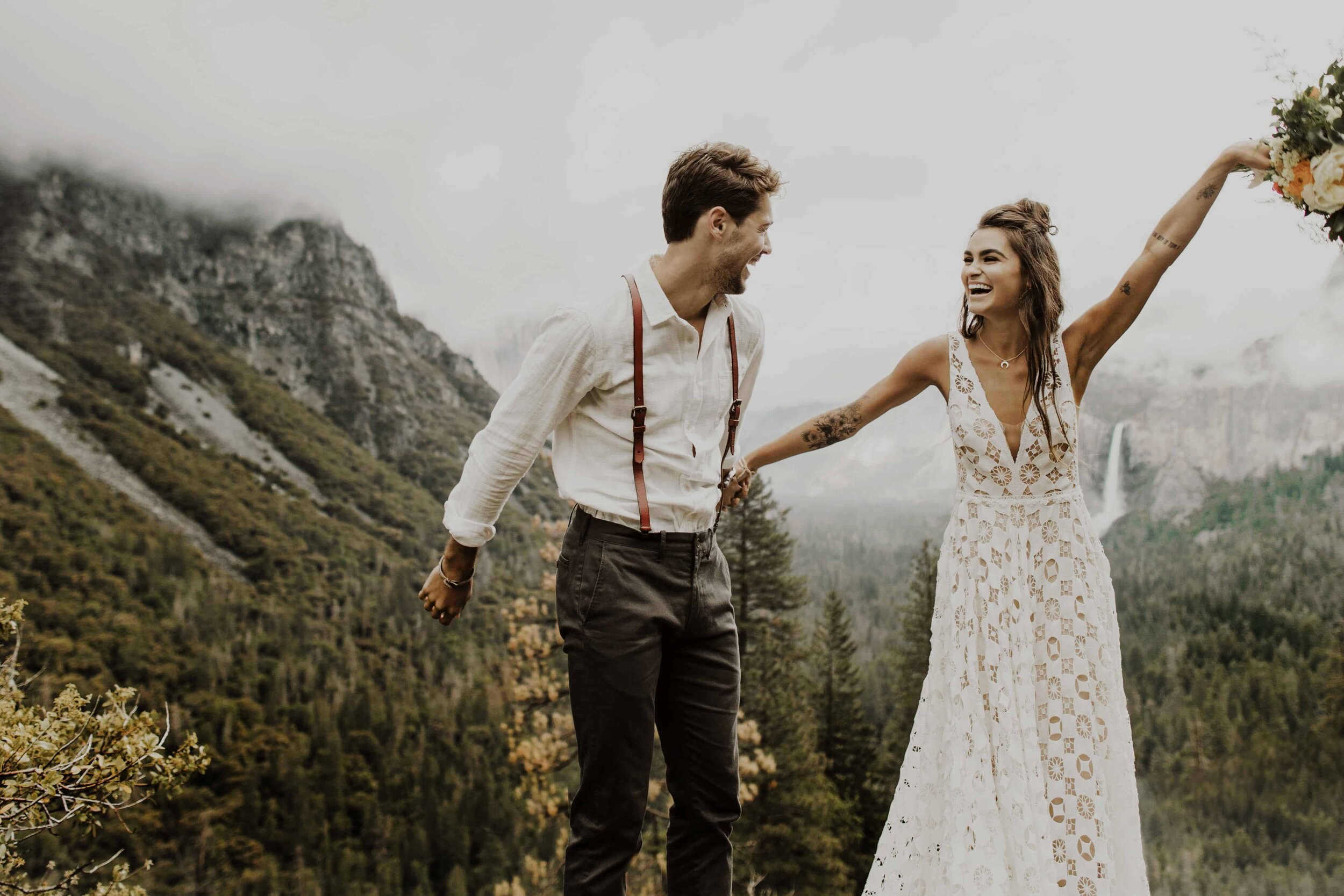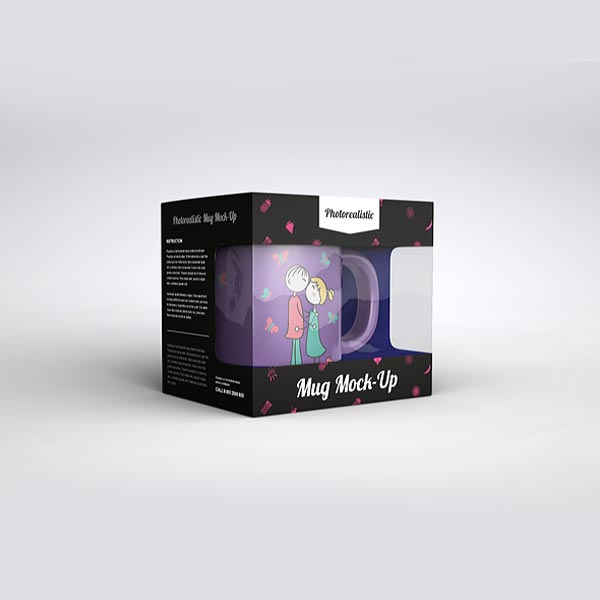Scotland is a country of rich traditions, some that date back to centuries; and weddings are one of the most cheerful events of life, far from being an exception. Scottish wedding traditions celebrate all the symbols and history and family connection and nature and community ties that are shaped over millennia. So whether you are preparing for a Scottish wedding or are simply interested in these traditional elements, knowing about these rituals provides an extra special touch when it comes to sharing your love.
Kilts and Tartan: A Heritage Signifier
The kilt – probably the most identity-bearing piece of clothing of any Scottish wedding. Donning a kilt is not only a style statement; it’s a strong declaration of Scottish legacy. Depending on how formal the wedding is, the kilt could also be worn by the groom, groomsmen, and in some cases, guests. The kilt is usually plaid and made of woollen cloth and it denotes a certain Scottish clan. Tartan (crisscrossed horizontal and vertical bands in multiple colours) are family or region specific, so many couples will want to include their own family tartan to ensure the personal touch.
Tartan is more than just fancy textile; a link to your ancestral home; loyalty and bravery and pride in your heritage. Sporran (Small pouch associated with the front of the kilt) whether it’s been worn with jacket or waistcoat the kilt is still an important part of a Scottish wedding ceremony.
The Handfasting Ceremony: Tying the Knot
Of the many traditions out there for Scottish weddings, the handfasting ceremony is one of the oldest and most culturally significant. Hand-fasting has origins in old Celtic traditions. In this ceremony, the hands of the couple are literally “tied” with a ribbon or a cord which means their togetherness.
In Scotland, “handfasting” or “to be handfasted” was an early test marriage; if after a year and a day a couple was sufficiently happy together they would then be allowed to formalise their union. Nowadays, however, handfasting might be used as a symbolic part of the ceremony, especially for couples who want to pay tribute to their Celtic roots. Meant to symbolise the idea of the couple being joined in all parts of life—emotionally, spiritually and physically.
Handfasting cords are normally picked out in colours that hold specific meaning — red for love, blue for loyalty, or green for fertility for example. In some cases, several cords are utilised in which each symbolises a distinct aspect of the couple’s lives, for example, family or religion. When they tie their hands together, that is a beautiful and touching moment in the ceremony because the guests see that there is now a band between the couple.
Scottish Wedding Vows — Your Vows for Life
Wedding vows are a significant part of a Scottish wedding, just as they are in many other cultures. Yet, Scottish couples, with a steep alliteration of their roots, often blend an element of the traditional Gaelic into their wedding vows. Cultures and Languages — Gaelic is an ancient Celtic language, and while the majority of Scots do not use Gaelic in their daily speech, many couples choose to incorporate at least a phrase or two of Gaelic in their ceremony.
Another well-known Gaelic wedding blessing is the “Celtic Blessing,” which simply contains wishes for love, prosperity, and good fortune throughout the couple’s married life. A popular Gaelic vow is:
Go mbeannai Dia duit” -> “God Bless You”
This gives a unique, spiritual aspect that is more than merely a link between the couple, but they are now joined to the land and its ancestors.
The Quaich — A Drink is Toast to the Couple
Incorporating Scottish heritage into the ceremony is another tradition—the quaich, a traditional Scottish two-handled drinking vessel. The quaich, often made of wood or silver, has a history of almost a thousand years, originally used for ceremonial toasts and sharing one drink of whisky.
The bride and groom usually take a drink of whisky or other drink from the quaich at their wedding, representing the coming together of their two lives. The ritual of the quaich is not simply about drinking but the act of sharing love, happiness, and blessings with each other. This ritual highlights the togetherness and respect that the couple has for one another, and how he/she should journey with the partner as both have good and bad times in life.
The Bride: Mix of Contemporary and Tradition
Scottish brides often wear white gowns, but they may also wear traditional aspects of Scottish heritage in their wedding attire. Other brides are wearing a wedding dress with a glen check or tartan-patterned fabric — often in her family’s tartan, like a stunning blend of modern elegance and heritage.
The bride may also carry a memory token of Scottish symbolism, such as the national flower of Scotland, which is a thistle as this flower embodies strength and perseverance. A few brides wear a tartan stole, which can be used over the shoulders or around the waist.
Walking into the wedding: Bagpipes & Music
The accompaniment of bagpipes is an echoing sound at every Scottish Wedding. Bagpipes commonly are played as the bride is walking down the aisle, or at special points in the ceremony. Traditional Highland bagpipes are known for their deep, haunting sound, and evoke powerful emotion in weddings centred around Scotland.
The bagpipes are the cry of the land, and the voice of the Highlands. It is thought that their music blesses the union and sets the celebratory tone for the entire event. Indeed, in a lot of Scottish weddings they actually play bagpipes as guests arrive, leading up to the ceremony, and at the reception.
Ceilidh is the Scottish Wedding Dance
And no celebration of a Scottish wedding would be complete without the joyful tradition of the ceilidh (pronounced “kay-lee”). The ceilidh is a traditional Scottish dance that comprises everyone involved in the celebration. Frequently at a group event, people will make a circle (or a line) and follow energetic steps, often given by a ceilidh caller.
With an enjoyable, singable score and uncomplicated choreography, it’s a delightful, participatory event for generations young and old. A ceilidh is a celebration of community, providing both families and friends the opportunity to come together and share in an expression of joy and happiness. Often the night concludes with all guests forming a big circle to dance to Auld Lang Syne–a traditional Scottish song of friendship and good times.
Remembering Food and Drink at The Scottish Wedding Feast
And of course no self-respecting Scottish wedding celebration would be without a suitably massive meal. This meal often consists of Scottish classic dishes like haggis, neeps and tatties (turnips and potatoes). Those who favour a more contemporary menu might find a selection of seafood, roast meats and indulgent treats such as cranachan (a pudding consisting of whipped cream, whisky, and raspberries mixed with toasted oatmeal) on the table.
Of course, Scotch whisky, a classic tipple at weddings in Scotland. Be it a toast or a passing around of the celebrations, this beverage embodies the essence of Scotland, and every Scottish wedding must have one.
Conclusion: An Appreciation for Heritage and Love
There is plenty of history, symbolic importance, and cheeriness in Scottish wedding traditions. Everything creates emotion, the kilt, the quaich. These traditions not only reflect the love of the couple but also represent the great culture of Scotland. Newer or older, these wedding rituals still prove a sprinkle of Celtic enchantment to two peoples’ bond together that will not match in these people’s special day.
Couples who would opt to incorporate Scottish wedding traditions are paying tribute to their roots, but also creating new memories and experiences to the next generations.
For More Articles Click




